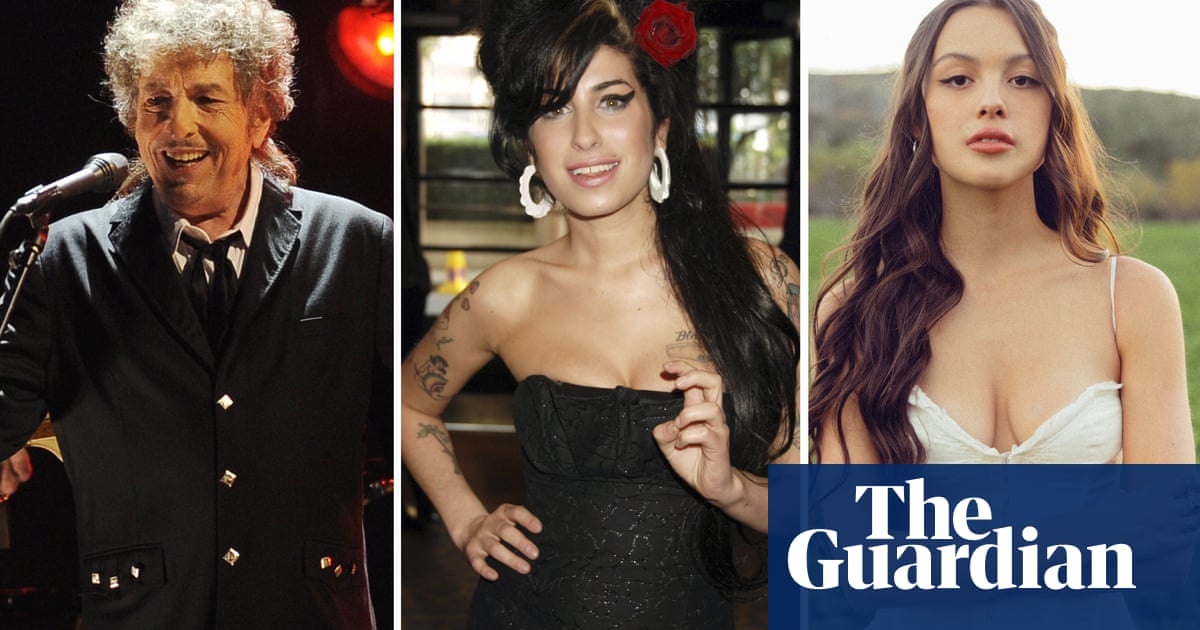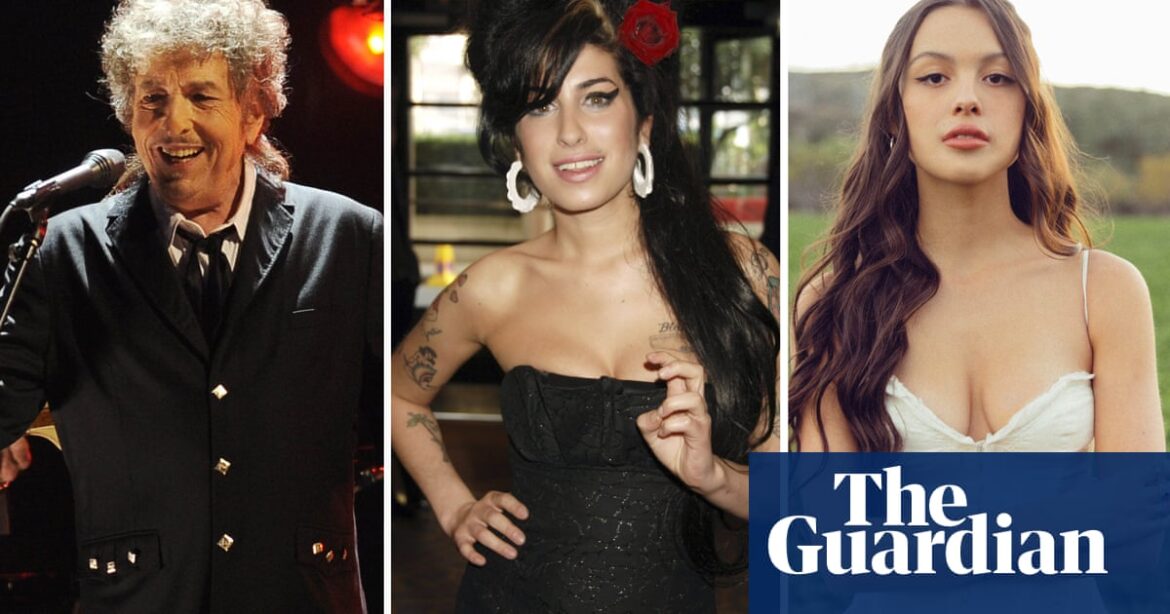
Hold my hand and we will experience joy and happiness.
Written down, this may seem like nonsense. However, when sung, it becomes more recognizable. This is thanks to a vocal trend that subtly became popular in music and is still going strong 15 years after it was labeled.
In 2009, a singer named Trackdroppa referred to it as “cursive singing”. This technique involves adding additional vowel sounds to syllables, known as diphthongs, and omitting consonants at the end of certain words. The resulting effect can vary from ethereal to lighthearted, depending on the singer. Some well-known artists who have utilized this style include Amy Winehouse, Halsey, Shawn Mendes, and many performers at open mic nights.
The definition may vary slightly. According to Jamie Lynn Hart, a vocalist and instructor at Berklee College of Music in Boston, it involves a mixture of vocal fry (commonly associated with Britney Spears) and elongated vowels, along with a slight alteration in the “S” sound. Aimee Nolte, a pianist, vocalist, and YouTuber, connects this technique with a tightened jaw and limited space in the mouth.
This vocal style has been referred to as “indie girl voice”, but it is not exclusively used by indie musicians or women. Artists such as Mendes, Justin Bieber, and John Legend have also incorporated it into their music. Surprisingly, even Bob Dylan, who is not known for his smooth singing, has utilized aspects of cursive singing, according to singer and YouTuber Yona Marie. Linguist Bryan Gick explained to CBC in November that this association with women may be linked to the fact that women are often the ones who bring innovation to language.
The origins of this phenomenon are somewhat unclear. According to Cassandre McKinley, a singer and associate professor at Berklee, it likely began with someone who was not very articulate, but managed to achieve some success. Other singers picked up on it and were enamored with it, and from there, it gained widespread popularity.
According to Lis Lewis, a vocal instructor based in Los Angeles, cursive singing can be traced back to R&B and gospel music, where syllables are often added to words for better rhythm. She also notes that singers and actors tend to develop unique pronunciations of certain words in order to make them more distinct. Her clients include Miguel, Rihanna, and Jack Black.
Determining the precise origins, McKinley explains, would involve interviewing every cursive singer about their influences. However, vocal coaches and media investigations have credited Macy Gray, Corinne Bailey Rae, and Amy Winehouse as pioneers of a style that quickly gained global popularity. Nolte notes that Lorde and Adele were also key figures in popularizing the style, but Adele’s sound has since evolved. Other notable cursive singers include Halsey, Selena Gomez, and more recently, Olivia Rodrigo. Tate McRae and Jessie Reyez have also been recognized for their cursive singing abilities, while Vice has dubbed Australian musician Tones and I as the “final boss” of the style.
Hart explains that her students often sing in cursive without even realizing it, whether they are imitating Christina Aguilera (who is not known for cursive singing) or not. One of her students admitted to this after watching her Instagram video parodying the trend.
This is a relatable feeling; no creative wants to feel like they are just copying others. However, is the term “guilty” appropriate?
It is widely known that art evolves through various styles over time. As a child, I never questioned why male rock singers on 90s radio all seemed to have a similar accent and deep voices like Kurt Cobain. It was just natural for them to pronounce words like “everything” as “eyavrayathaying”.
Individuals imitate their idols. The singer-songwriter pupils of Hart, who are inspired by groups such as Mt Joy and the Lumineers, tend to have a lackadaisical approach to their pitch – a pattern that likely dates back several decades to the early days of Bob Dylan. And even though it may seem like everyone is following the same formula, a particular style may be evolving over time; for instance, Rodrigo’s sound is distinct from Macy Gray’s, even though they both incorporate elements of cursive writing.
Although mindlessly following a trend may not be the epitome of originality, it is logical to, as Lewis suggests, “evolve from a trend”. According to Lewis, when a singer listens to other musicians, it can be considered as conducting research. They will take in the information and either build upon it, deviate from it, or disregard it completely – as that is the nature of art. While she doesn’t anticipate her students intentionally singing in a particular style, she would not discourage it if it were to occur.
Source: theguardian.com



